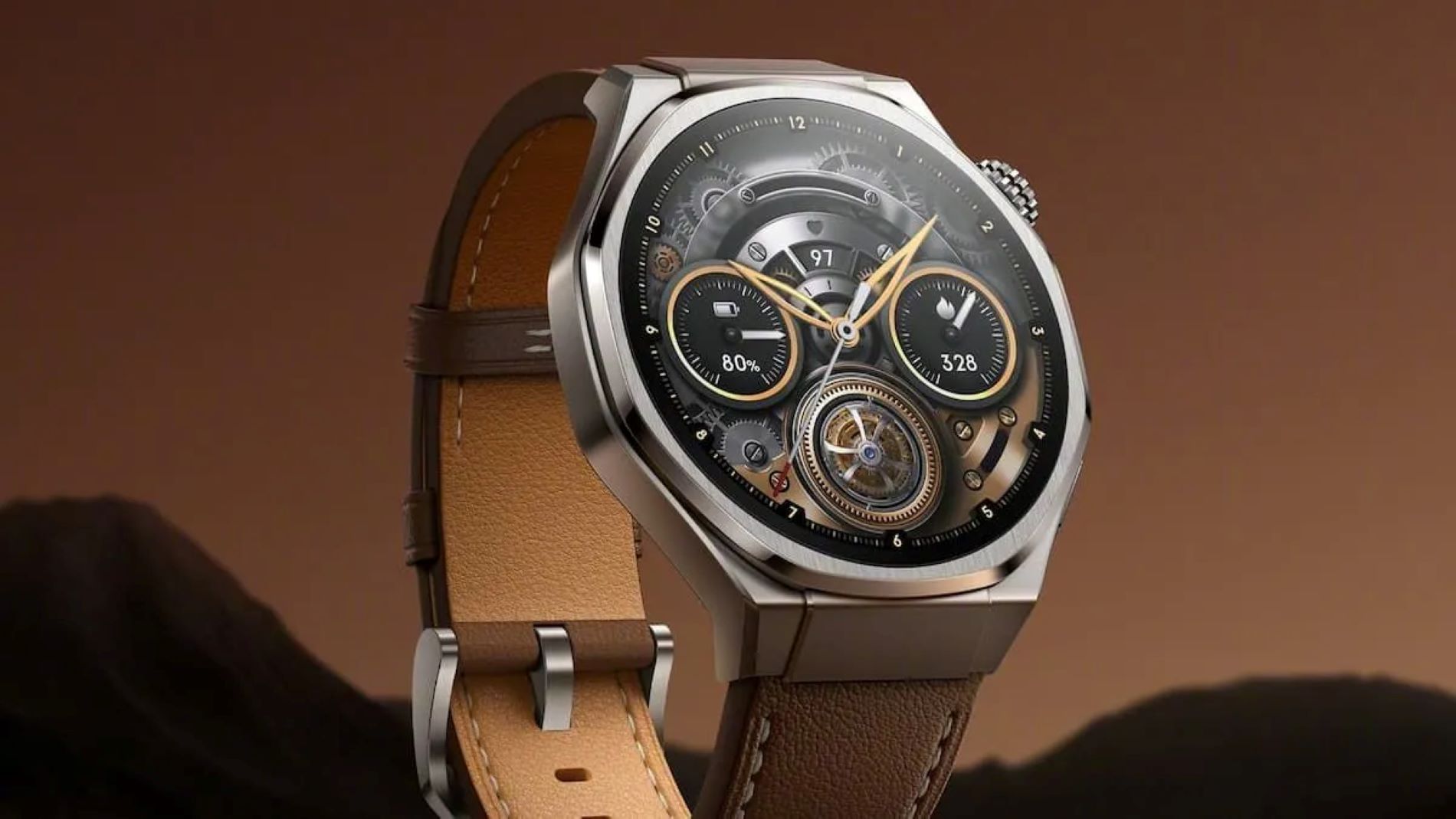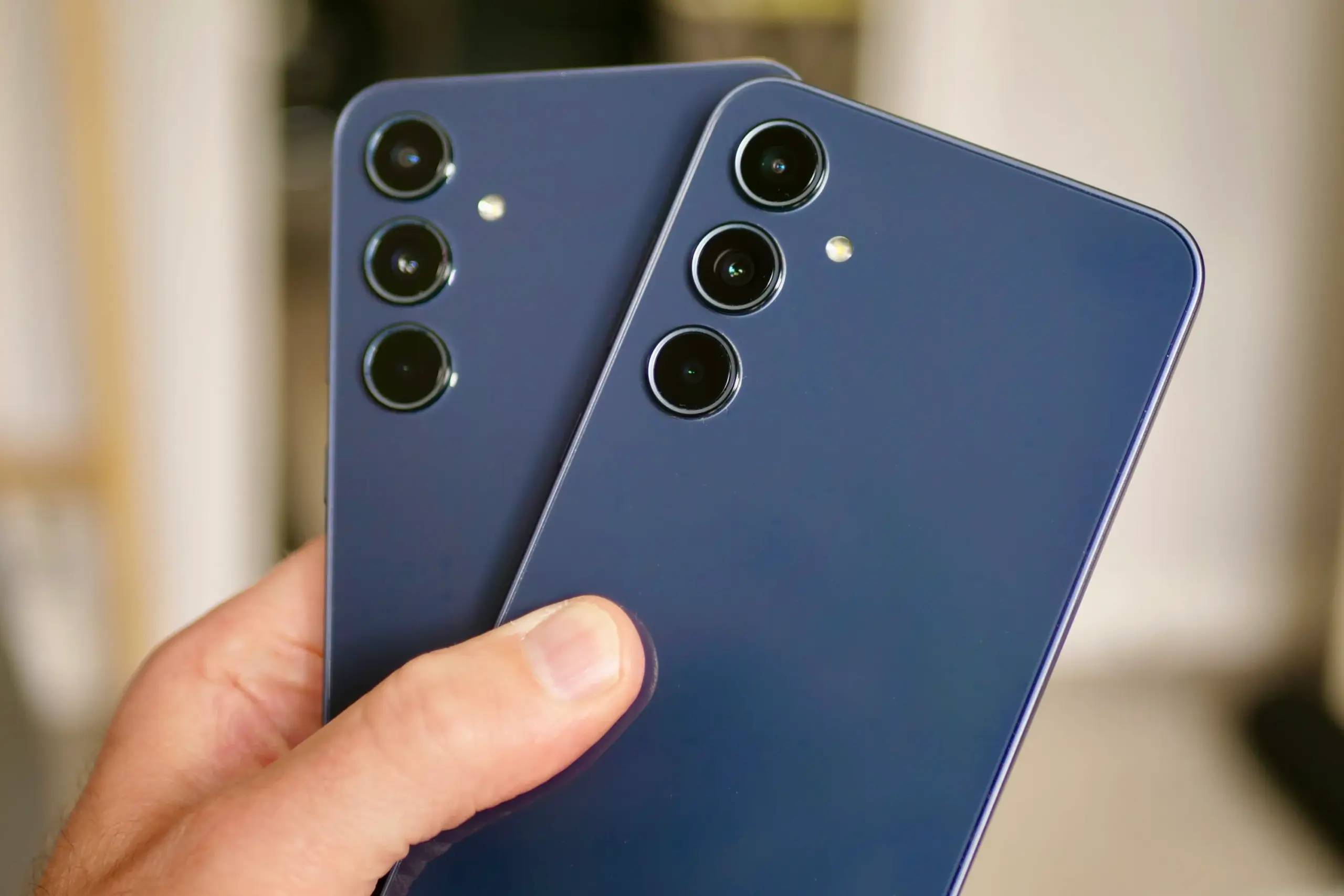Researchers at the MIT Department of Mechanical Engineering have come up with a new robot for the annual DARPA’s robotic competition. Termed as Hermes, the robot is bipedal and tele-controlled. MIT researchers developed a new type of interface that helps Hermes respond quickly than all other robots in this world. Hermes is capable of making several movements and activities.
According to the reports, researchers have made it learn and experience several things so that it can pour liquid from one vessel to another, punch hard in the wall, shake hands and much more in a better way.
The robot also mimics whatever the researcher does after wearing an exoskeleton. Joao Ramos, a PhD student in the same department, can have robot repeat the activities he performed while wearing that exoskeleton.
Joao said that the image processing on a robot is particularly very slow, and so they wanted it to repeat exactly what we were doing. MIT researchers will be presenting Hermes with another human wearing an exoskeleton and making the moves for the robot.
Certainly, this piece of modern technology can be used very during the emergencies, or for the evacuation plans. The military can have a good use of it by deploying the robot in the hostile environment and save the lives of their soldiers.
Apart from that, MIT also developed a running Cheetah, which was often seen in the news a few months ago. The development is still on, but recent updates in the robotic cheetah helped it attain a running speed of 40 Mph and also it was able to jump off the hurdles at the same rate — which is amazing.
In the initial phases of the development, Hermes was also trained to walk over the obstacles, move hands and do even more complex activities.
Apparently, MIT team for the first time has got this close in mimicking the human activities and actions.
We, homo sapiens, have a very complex structure for the movement of our limbs and muscles associated with it. It wouldn’t be wrong to say that science knows petite about our bodies and the limits it can cross.








